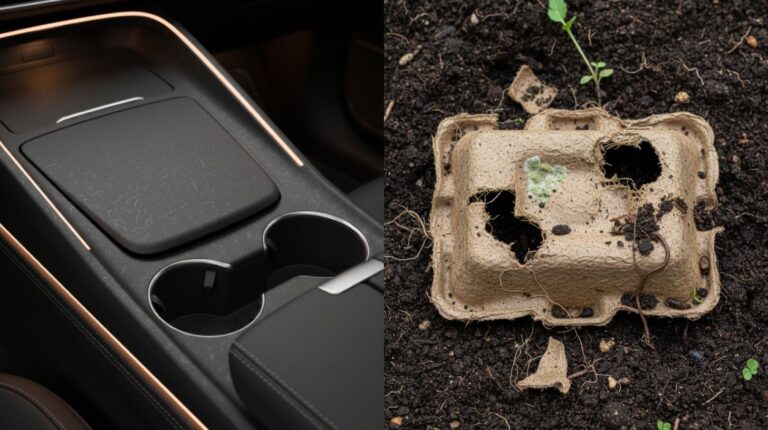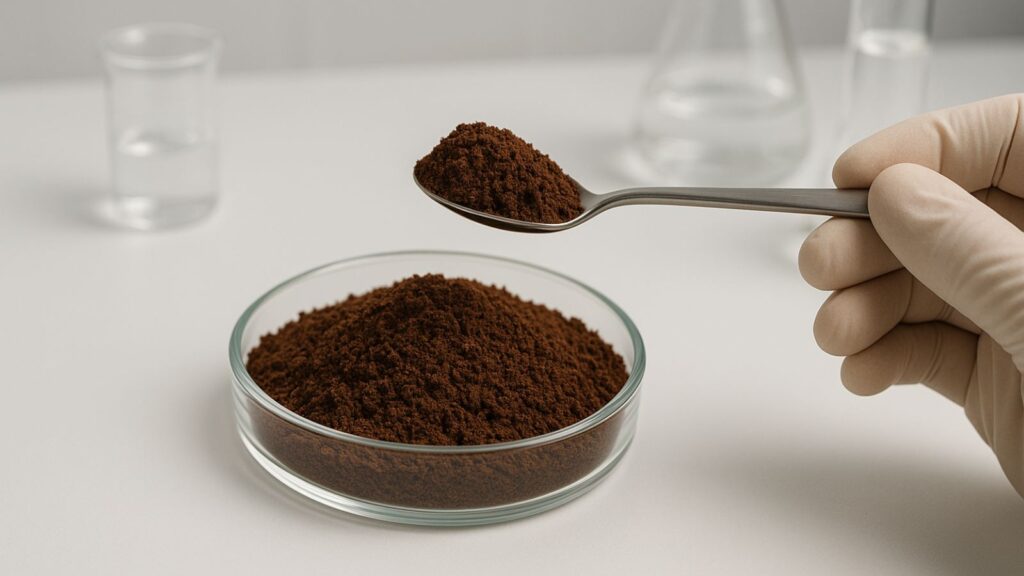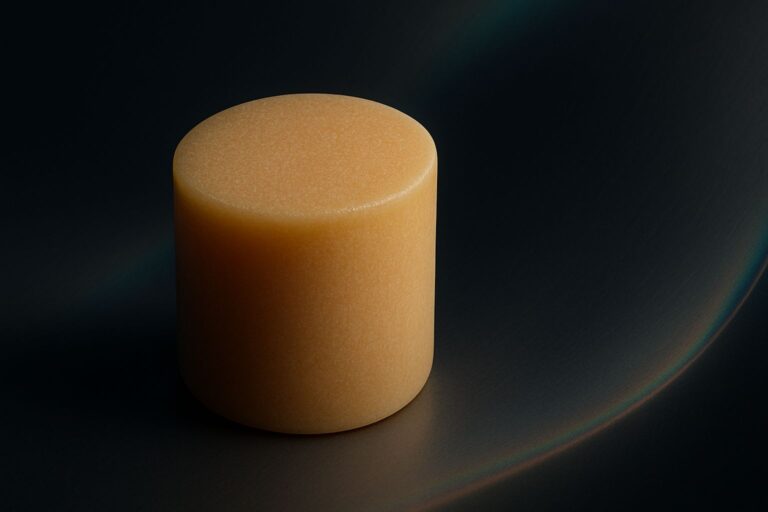
In the world of sustainable materials, not all inputs are created equal. The term “bio-based” can describe anything from materials made with virgin food crops to those derived from agricultural waste. At Biomera, we have made a strategic and ethical choice to build our technology on a foundation of upcycled biomass. This decision is not just about being “green”; it is a core part of our commitment to creating genuinely circular, low-carbon materials with maximum positive impact.
What is Upcycled Biomass?
Instead of being incinerated (releasing CO₂) or landfilled (releasing CO₂ and potent methane), we see these materials as a valuable, carbon-rich feedstock waiting to be transformed. This process is often referred to as waste valorization
Upcycled biomass refers to the residues, byproducts, and “waste” streams from other industrial processes, primarily agriculture and food production.
Think of what is left over after a primary product has been made:
- Sugarcane bagasse after sugar has been extracted.
- Coffee grounds after brewing.
- Rice husks separated during milling.
- Wheat straw left in the field after a grain harvest.

The Advantages of an Upcycled, Waste-First Approach
Avoids Food vs. Fuel/Material Competition: Our approach does not compete for agricultural land that is vital for global food security. We utilize the leftovers, ensuring food production remains the primary goal of the land.
Lower Initial Carbon Footprint: The carbon emissions associated with growing, fertilizing, and harvesting have already been “spent” on the primary food crop. By using the waste stream, we start with a feedstock that has a significantly lower embedded carbon footprint compared to a purpose-grown resource.
Reduces Waste and Prevents Emissions: We actively divert biomass from landfills, where its decomposition would release harmful greenhouse gases. By capturing this biomass, we prevent those emissions and lock the stored carbon into our materials for the long term.
Supports a More Robust Circular Economy: This approach creates a new value stream for the agricultural sector. It turns a disposal cost into a revenue opportunity for farmers and food producers, strengthening regional economies and fostering a truly circular flow of resources.
From Diverse Waste Streams to High-Performance Materials
Our expertise lies in our ability to work with a diverse range of biomass types. Our proprietary pre-treatment and compounding processes are designed to handle the unique chemical and physical properties of different feedstocks, from the fibrous nature of sugarcane bagasse to the unique composition of algae. This versatility not only enhances supply chain resilience but also allows us to engineer materials with specific performance characteristics based on the inherent strengths of the biomass itself.
By starting with a smarter, more responsible input, we ensure that the entire lifecycle of a Biomera material is built on a foundation of true sustainability.

